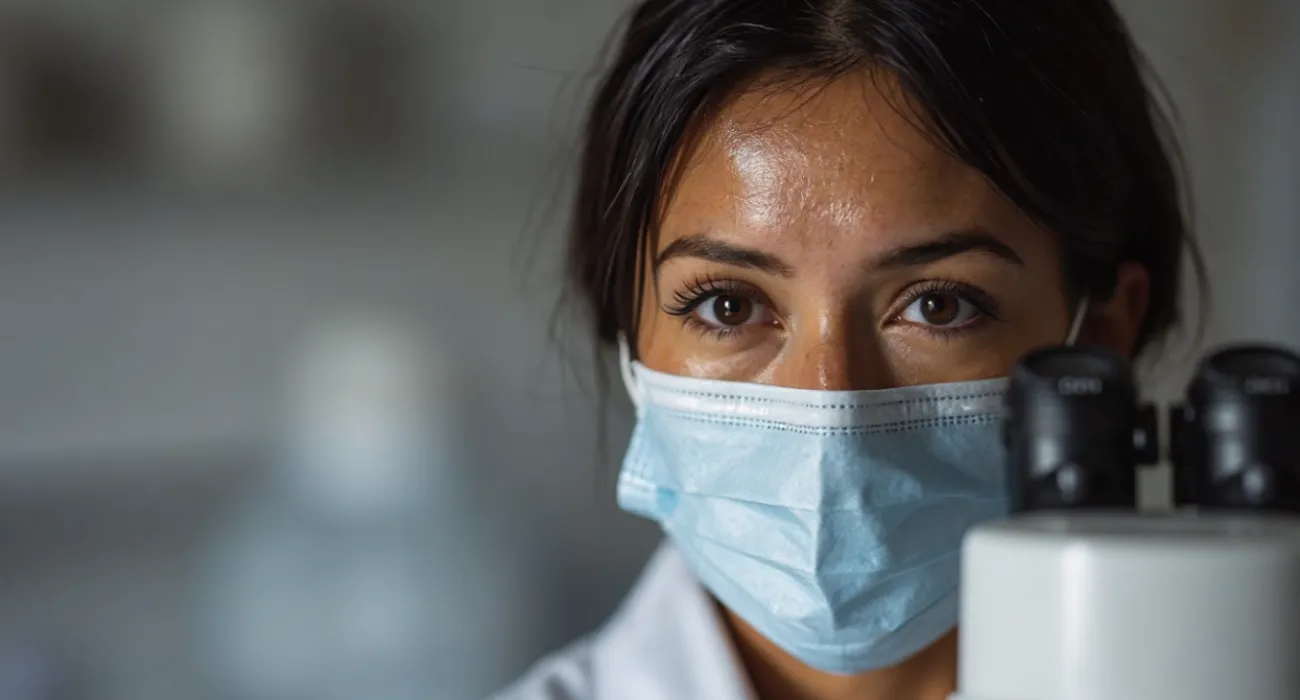Indonesia is stepping up its fight against cervical cancer with an ambitious plan to roll out DNA-based testing as the primary screening method for women aged 30 to 69. Announced by the Health Ministry, this initiative aims to meet the country’s target of eliminating the disease by 2030, aligning with global health goals and addressing one of the nation’s most pressing public health challenges.
A New Era of Screening
The Indonesian government is set to introduce HPV DNA co-testing alongside the traditional acetate acid (IVA) method starting in 2025. Until now, IVA has been the primary tool for detecting human papillomavirus (HPV), the leading cause of cervical cancer, in most health facilities. However, DNA testing is considered more accurate and effective in identifying the virus early, potentially preventing the disease’s progression.
“We will begin to roll out HPV DNA co-testing with IVA nationwide starting in 2025” said Siti Nadia Tarmizi, the Health Ministry’s director for noncommunicable diseases prevention and control, during a press briefing in Jakarta on June 13, 2025. Following successful trials in Greater Jakarta, the ministry expanded the co-testing approach to 25 regencies and cities across 16 provinces in 2024, with around 2.5 percent of screened individuals testing positive for HPV infections.
The risk of HPV among women in the 30-69 age group is notably high, prompting the government to integrate DNA screening into President Prabowo Subianto’s flagship free birthday checkup program. This move is designed to increase access to early detection, particularly for women who might otherwise avoid screenings due to cost or stigma.
A Global Commitment
Indonesia’s efforts come ahead of the 2nd Global Cervical Cancer Elimination Forum, hosted in Bali from June 17 to 19, 2025. Building on commitments made at the inaugural forum in Cartagena, Colombia, in March 2024, the Bali meeting aims to reinforce international collaboration in combating the disease. Indonesia’s strategy aligns with the World Health Organization’s (WHO) 90-70-90 target for 2030: ensuring 90 percent of girls over 15 are fully vaccinated against HPV, 70 percent of women over 35 are screened, and 90 percent of women with pre-cancer or invasive cancer receive treatment.
Harditya Suryawanto, head of the Health Ministry’s global health management and strategic policy center, emphasized that reducing cervical cancer rates by a third by 2030 is a key component of Indonesia’s sustainable development goals. This national priority reflects the urgent need to address a disease that remains the second most common cancer among Indonesian women, after breast cancer.
Alarming Statistics and Late Detection
According to the International Agency for Research on Cancer (IARC), Indonesia recorded approximately 408,661 new cancer cases and 242,988 deaths in 2022, making it the third-highest in Southeast Asia for both incidence and mortality. Cervical cancer alone accounted for nearly 37,000 new cases and 20,000 deaths that year. Without intervention, cancer cases in the country are projected to surge by 77 percent by 2050.
One of the primary reasons for the high death rate from cervical cancer is late detection. Around 70 percent of cases are diagnosed at an advanced stage, when treatment options are limited and outcomes are poorer. In 2020, less than 10 percent of women aged 30 to 50 accessed free IVA and cytology screenings available at community health centers (Puskesmas). Barriers to screening include low awareness, cultural taboos surrounding internal examinations, fear of discomfort, and a lack of family support—particularly from husbands.
“We hope Indonesian women don’t feel embarrassed about the screening procedure” said Siti Nadia Tarmizi. “Family support, especially from husbands, can make a significant change in encouraging women to undergo screenings.”
Pre-cancerous lesions often develop inside the cervix and are not visible to the naked eye, making regular screenings critical. While the procedure can be uncomfortable, early detection through methods like DNA testing offers a far better chance of successful intervention.
Vaccination as a Pillar of Prevention
Beyond screenings, Indonesia is focusing on HPV vaccination as a cornerstone of its National Action Plan for Cervical Cancer Elimination 2023-2030. Since its introduction in 2016, the HPV immunization program was expanded nationally in 2023, targeting girls aged 11 to 12 in fifth and sixth grade through the School Children Immunization Month (BIAS) initiative. The program has achieved over 90 percent coverage for the two-dose vaccine, with approximately 1.94 million out of 2.15 million targeted girls inoculated.
This year, the government also began offering a single-dose HPV vaccine to fifth-grade girls, with catch-up immunizations for those under 15 who missed earlier opportunities. Research indicates that a single dose can be effective in protecting against HPV infections. Looking ahead, the Health Ministry plans to extend HPV vaccination to boys, potentially as early as 2026, depending on the success of the girls’ program. “Initially, we plan to introduce HPV immunization for boys in 2027” said Gertrudis Tandy of the ministry’s immunization department. “But with the results of the girls’ program, we might bring it forward to 2026 to accelerate our progress toward the 2030 elimination goal.”
Challenges and Cultural Barriers
Despite these advancements, significant challenges remain. Cultural sensitivities around gynecological examinations continue to deter many women from seeking screenings. The stigma attached to discussing reproductive health, combined with discomfort during procedures, often discourages participation. Moreover, systemic issues such as limited access to health facilities in rural areas and a lack of trained personnel exacerbate the problem.
Public health campaigns are increasingly focusing on education to break down these barriers. By normalizing conversations about cervical cancer and emphasizing the importance of early detection, the government hopes to shift societal attitudes. Community engagement, including involving religious and local leaders, could play a vital role in encouraging women to prioritize their health.
Another hurdle is the cost of scaling up DNA testing and vaccination programs nationwide. While free birthday checkups and school-based immunizations aim to reduce financial barriers, sustained funding and logistical coordination are essential to reach remote and underserved populations. International partnerships, such as those fostered through the Global Cervical Cancer Elimination Forum, may provide additional resources and expertise to support Indonesia’s ambitions.
A Forward-Looking Strategy
Indonesia’s multi-pronged approach—combining advanced screening methods like DNA testing, widespread HPV vaccination, and public awareness campaigns—positions the country as a regional leader in the fight against cervical cancer. However, success will depend on overcoming deep-rooted cultural and systemic obstacles while ensuring equitable access to healthcare across its vast archipelago.
The integration of DNA testing into routine health checkups signals a progressive shift toward precision medicine in Indonesia’s public health system. If implemented effectively, this could serve as a model for other nations in Southeast Asia grappling with similar challenges. As the 2030 deadline approaches, the question remains whether Indonesia can sustain the momentum needed to achieve its elimination target—and, in doing so, save thousands of lives.
















